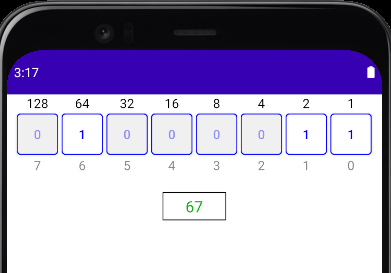Every double-precision floating-point number can be specified with 17 significant decimal digits or less. A simple way to generate this 17-digit number is to round the full-precision decimal value of the double to 17 digits. For example, the double-precision value 0x1.6d4c11d09ffa1p-3, which in decimal is 1.783677474777478899614635565740172751247882843017578125 x 10-1, can be recovered from the decimal floating-point literal 1.7836774747774789e-1. The extra digits are unnecessary, since they will only take you to the same double.
On the other hand, an arbitrary, arbitrarily long decimal literal rounded or truncated to 17 digits may not convert to the double-precision value it’s supposed to. This is a subtle point, one that has even tripped up implementers of widely used decimal to floating-point conversion routines (glibc strtod() and Visual C++ strtod(), for example).
Continue reading “17 Digits Gets You There, Once You’ve Found Your Way”




